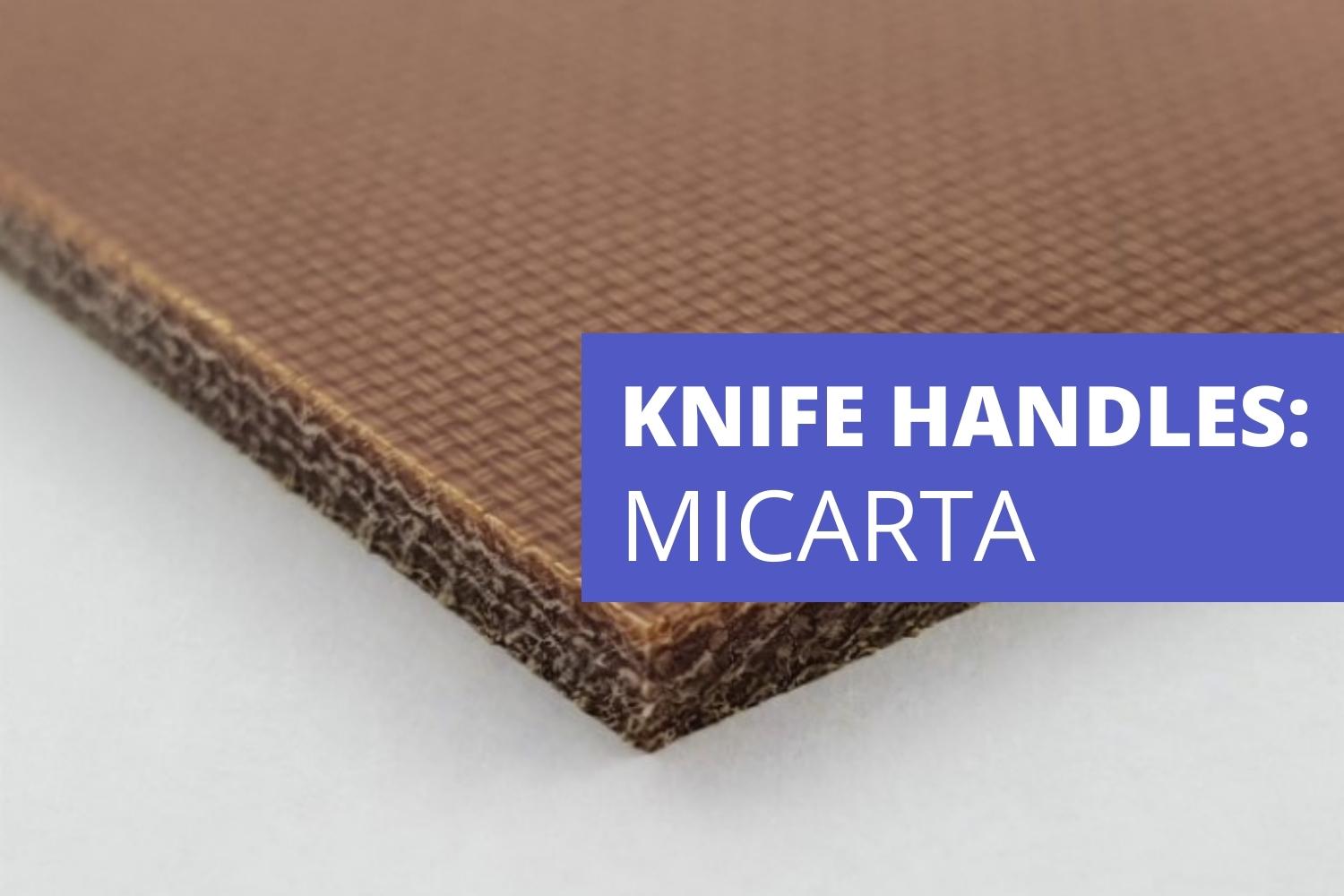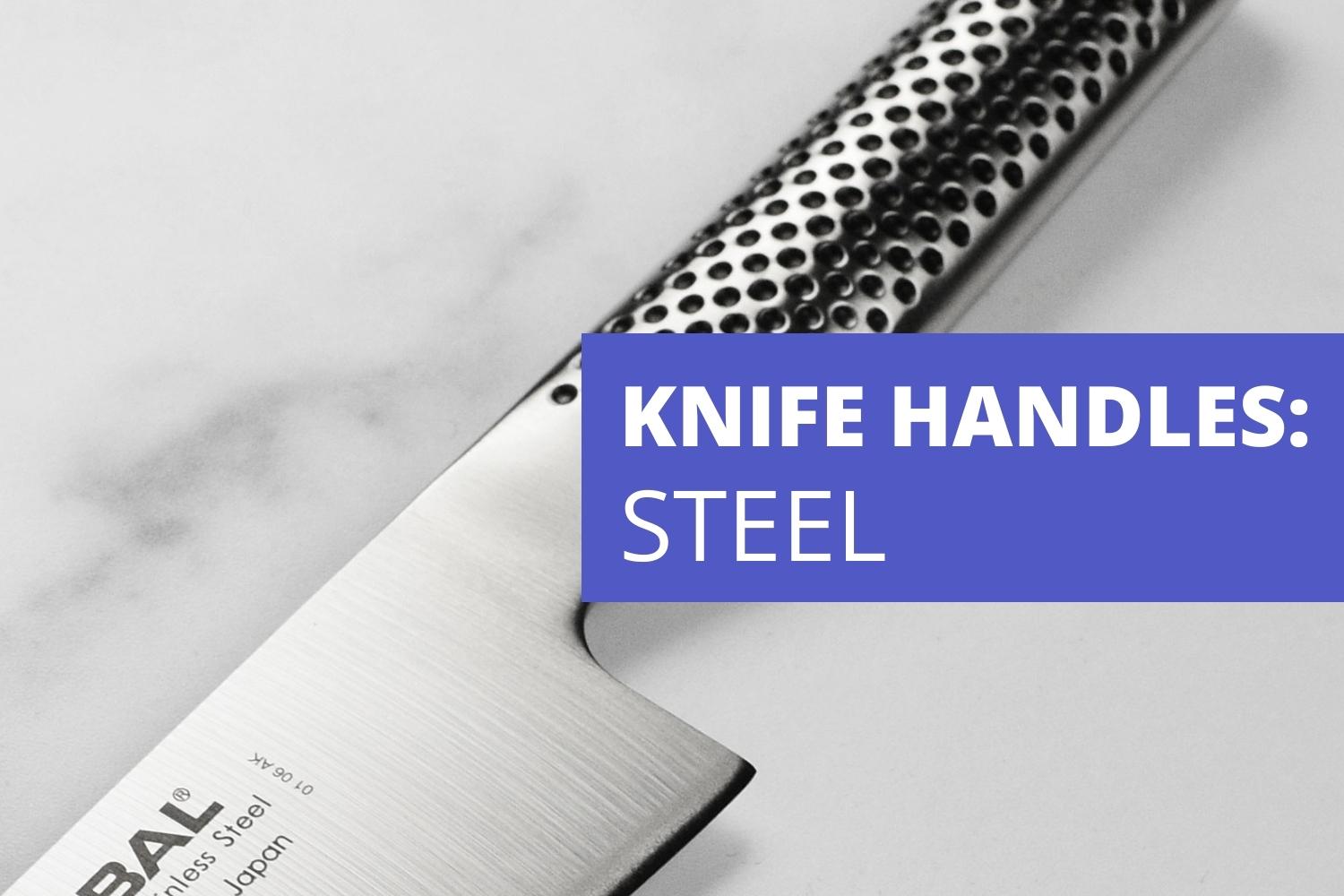Knife handles vary significantly in composition and appearance. Many types of wood are used to create knife handles, including cocobolo, ebony, and rosewood. Each type has its unique characteristics, but they all have similar qualities. They are aesthetically pleasing, sturdy, and inexpensive. To ensure longevity, wooden knife handles should be cared for properly; they should be dried right after washing and not be left wet for long periods.
Wood is one of the most popular materials for knife handles because of its comfort and traditional aesthetic. It's soft and easy on the hands, making it ideal for knives often used in the kitchen or elsewhere in the home. Depending on the wood used, these handles can be expensive and delicate; high-quality woods are sometimes rare and difficult to find. Wood also allows for easy carving to create a genuinely unique handle, unlike any other types of materials.
When choosing a knife handle, consider the type of wood and how it will stand up to the conditions you’ll be using it. If you plan to use the knife in wet or humid conditions, you should choose the type that suits your purposes, such as hardwood or resin-injected stabilised wood.
Pros:
Wooden handles provide a secure grip and feel natural to hold. Their grip is safe and comfortable, though it can vary depending on the wood used. A wide variety of wooden handles are available, including those made of mahogany, rosewood, maple, and walnut.
They have a beautiful, traditional look, making them ideal for kitchen or hunting knives. They are generally durable when kept dry but can crack or split if exposed to moisture over time. Wood is a relatively inexpensive material for making knife handles.
Wood also weather and tarnishes over time, lending a distinguished and elegant look to the handle.
Cons:
Despite its aesthetic appeal, wood has several drawbacks that you should consider before choosing a wooden-handled knife. The most significant factor is maintenance; wood is challenging to clean and harder to maintain, and can be damaged easily if you are not careful.
The durability of wood handles is decreased when the handles become wet. They can absorb water quickly; for this reason, wooden knives or any knife that experiences heavy use in the kitchen or outdoors should choose resin composite handles.
Wood requires special care; they are usually durable but will absorb water and hold on to it. They should be dried right after washing. Some kinds of wood are more expensive, so an expensive-looking knife may be made from low-quality materials.
Most woods come with a waxed finish to reduce water damage, but this protective layer wears away over time. To maintain wooden handles, they need to be re-waxed to restore their water resistance.




